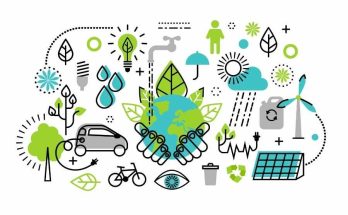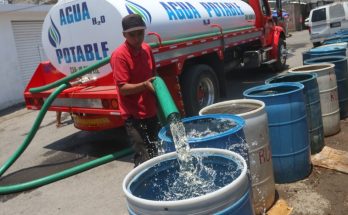By Alejandro Angulo
On July 8, the Intergovernmental Science-Policy Platform on Biological Diversity and Ecosystem Services (IPBES) issued a press release. It stated: “Billions of people, both in developed and developing countries, benefit daily from natural resources, using wild species for food. They also gain energy, materials, medicines, recreation, inspiration, and many other fundamentals to human well-being. With a million species of plants and animals threatened with extinction, the accelerating global biodiversity crisis puts at risk the ways that people benefit from wild species.” For instance:
- 50,000 wild species are exploited to meet the needs of billions of people.
- One in five people depend on wild species for food and income.
- More than 10,000 species are exploited for human consumption.
- 2.4 billion people (one in three) depend on firewood for cooking.
- Seventy percent of the world’s poorest people depend on wildlife.
The IPBES report also points out: “The survival of about 12 percent of wild tree species is at risk due to unsustainable logging. Unsustainable harvesting is one of the main threats to several groups of plants, in particular, cacti…” The report notes that other factors such as changing land, and seascapes, climate change, pollution, and invasive alien species can also have a negative impact on the abundance and distribution of wild species. This can increase stresses, and challenges for the communities that use them.
Qu Dongyu, general director of the Food and Agriculture Organization of the United Nations (FAO), states: “We must ensure that the use of these species is sustainable. Otherwise, we will be compromising both the future of agri-food systems, and the efforts to meet the Sustainable Development Goals. Unsustainable use will also undermine the supply of essential ecosystem services, increase the risk of infectious disease outbreaks, trigger inequality and conflict, and diminish our ability to mitigate, and adapt to the threats of the climate crisis.”
In large Mexican cities, the problem with sustainable biodiversity does not lie in illegal traffic, exaggerated extraction, poaching, or illegal logging. Instead, it is centered on the displacement of native species by exotic species. For example, the replacement of native mesquite trees by ficus trees. Currently it is estimated that 72 percent of all exotic species are found in urban areas.
The selection of trees is another problem. Planting of trees should be based on several factors. First of all, the plant’s resistance to drought must be considered. Its ecosystem benefit must be taken into account as well—removal of pollutants, CO2 sequestration, preventing runoff, oxygen production and other benefits. Also to be considered are the location, the type of root system (so as not to affect road infrastructure), and whether it is dicotyledonous or monocotyledonous, each with different environmental performance. Planting a tree goes far beyond placing it in the ground.
Firewood is being used by city restaurants that offer wood-roasted meats, as well as some pizzerias. As far as the illegal market of wild species in the cities, the focus is on cacti and certain birds. There is, however, a clandestine market for felines, kept in private homes as pets. There are many useful species that we have been losing, such as the black bean or the tequila fish from the Bajío. Our agriculture is narrowing down to a few species, including grains, for forage or for commercial uses in the national or international market. One example is peppers.
The major use of urban and rural biodiversity in the Bajío region resides in the ecosystem services they provide. There are other uses, of course, such as medicinal plants like hierba del Sapo; fruits like garambullo and prickly pears; foods like nopales, mesquite flour; and by-products like honey from the mesquite flower. In this region, the territorial biotic space is a strategic issue. The issue lies in whether we can spur the biotechnology sector to establish itself, replacing the auto parts industry, as a cleaner and more productive force. Or, whether doing so is actually more destructive to us than the productivity and extraction models that currently exist.
Biodiversity is an important issue for future development. Spaces are seen and valued based on their real estate use, the development of housing, industrial parks and shopping centers. This attitude must change, and include a regard for existing biodiversity—ecosystems, habitats, species and genes. They must be seen as valuable due to their inherent qualities, and in their service to various sectors, such as pharmaceuticals; as greenhouses that include different insects for pollination; for the development of drought-resilient species in agriculture; and the human genome project itself.
But even more importantly, as Georges Bertrand puts it, it is about addressing Geosystems, Territory and Landscape (GTP), as has already been presented since the 1990s. Landscape Ecology studies today consider the landscape as an ecosystem in which society participates. In this context, it is important to analyze the interactions between temporal and spatial aspects and their components—flora, fauna and cultural elements.
Analytical strategies have been proposed (Gómez Sal, 2006) in a Latin American study. It considers environmental management, where the urban landscape maintains the heterogeneity of the land, which «is organized by spots that express themselves and unfold forming mosaics and by linear structures such as corridors that create networks.”
Urban biodiversity shapes our lives, but we also transform it.




